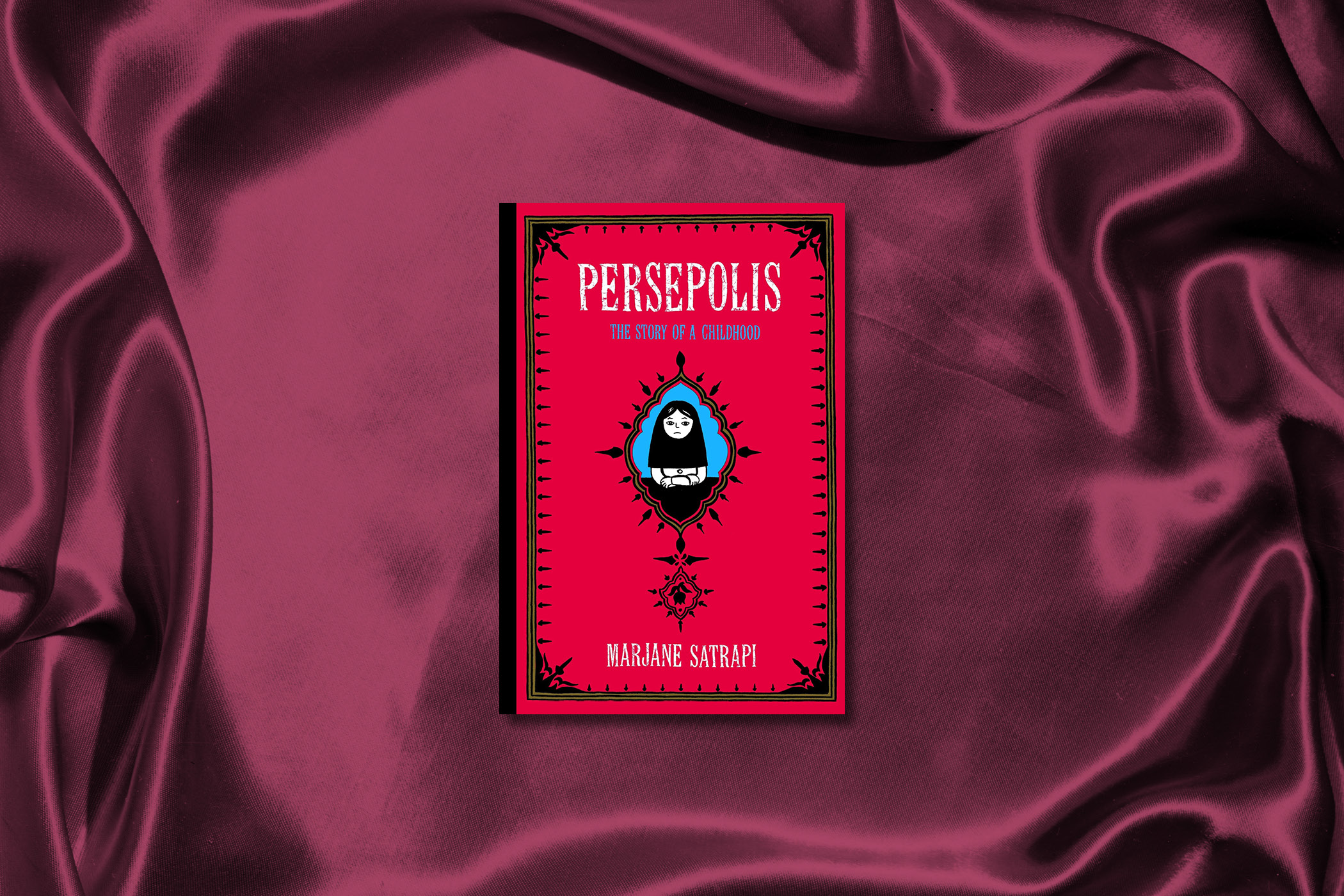The brilliance of Marjane Satrapi’s graphic memoir Persepolis is in the author’s refusal to simplify the complex, painful history of 20th-century Iran for a young readership. Instead, she leans into the confusion she felt as a child in 1970s Tehran. Satrapi—a descendant of Persian royalty and the daughter of leftist intellectuals—grew up during a period of great upheaval, as the Islamic Revolution toppled the Shah, Iran went to war with Iraq and dissidents of various political affiliations rotated in and out of prison. Persepolis: The Story of a Childhood, the first English-language edition, combines parts one and two of her original French-language series. In black-and-white drawings that pulse with energy, she places the rebellious, outspoken young Marji at the center of alternately funny and wrenching vignettes about her extraordinary family. We watch the little girl try to make sense of experiences that defy logic. Translated into at least 24 languages and adapted (along with a sequel that follows teenage Marji to Europe) into a wonderful animated film, this international best seller is a vital document of the experience of children living through overwhelming times. —Judy Berman
Buy Now: Persepolis on Bookshop | Amazon
- Dua Lipa Manifested All of This
- Exclusive: Google Workers Revolt Over $1.2 Billion Contract With Israel
- Stop Looking for Your Forever Home
- The Sympathizer Counters 50 Years of Hollywood Vietnam War Narratives
- The Bliss of Seeing the Eclipse From Cleveland
- Hormonal Birth Control Doesn’t Deserve Its Bad Reputation
- The Best TV Shows to Watch on Peacock
- Want Weekly Recs on What to Watch, Read, and More? Sign Up for Worth Your Time
